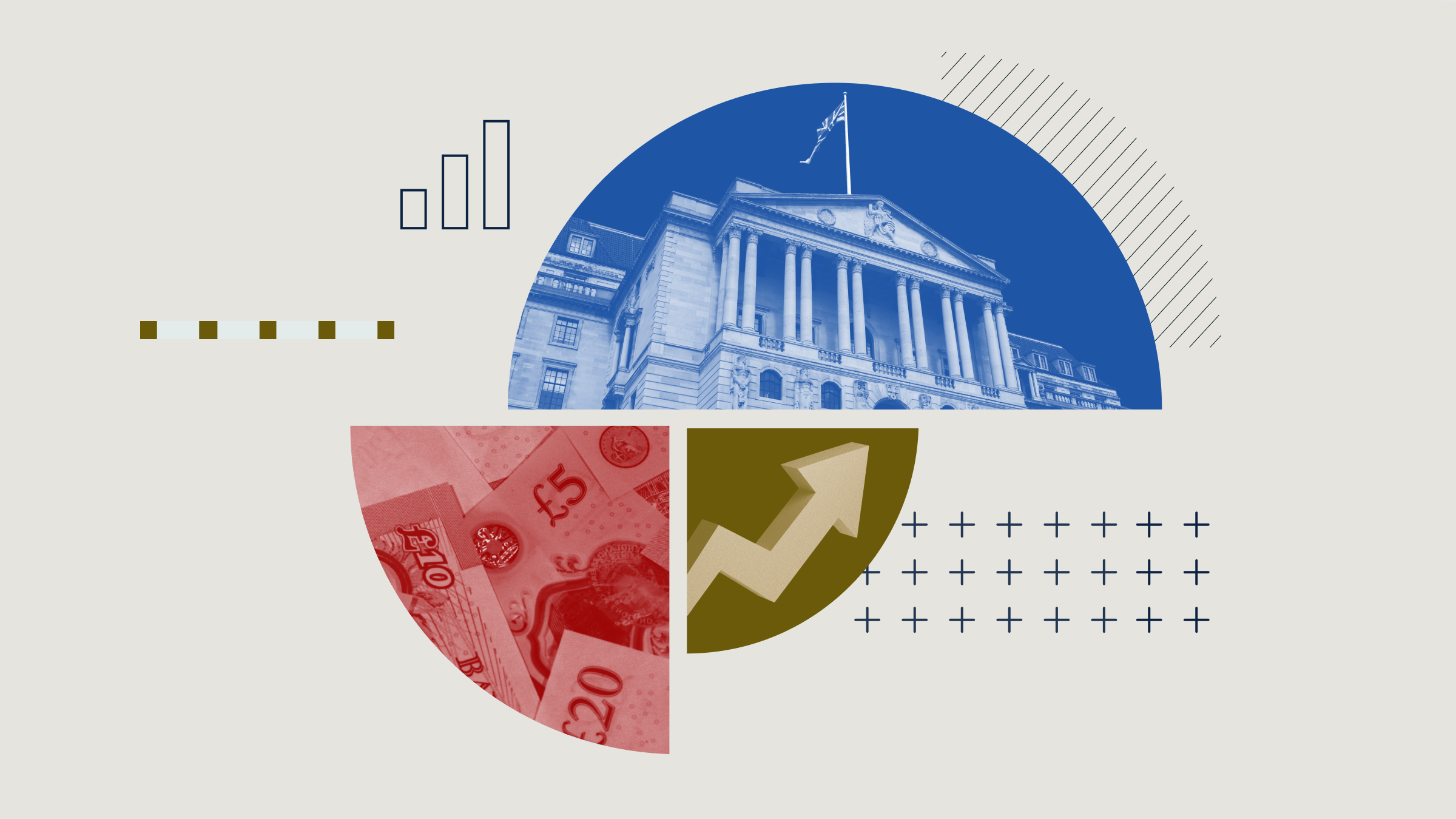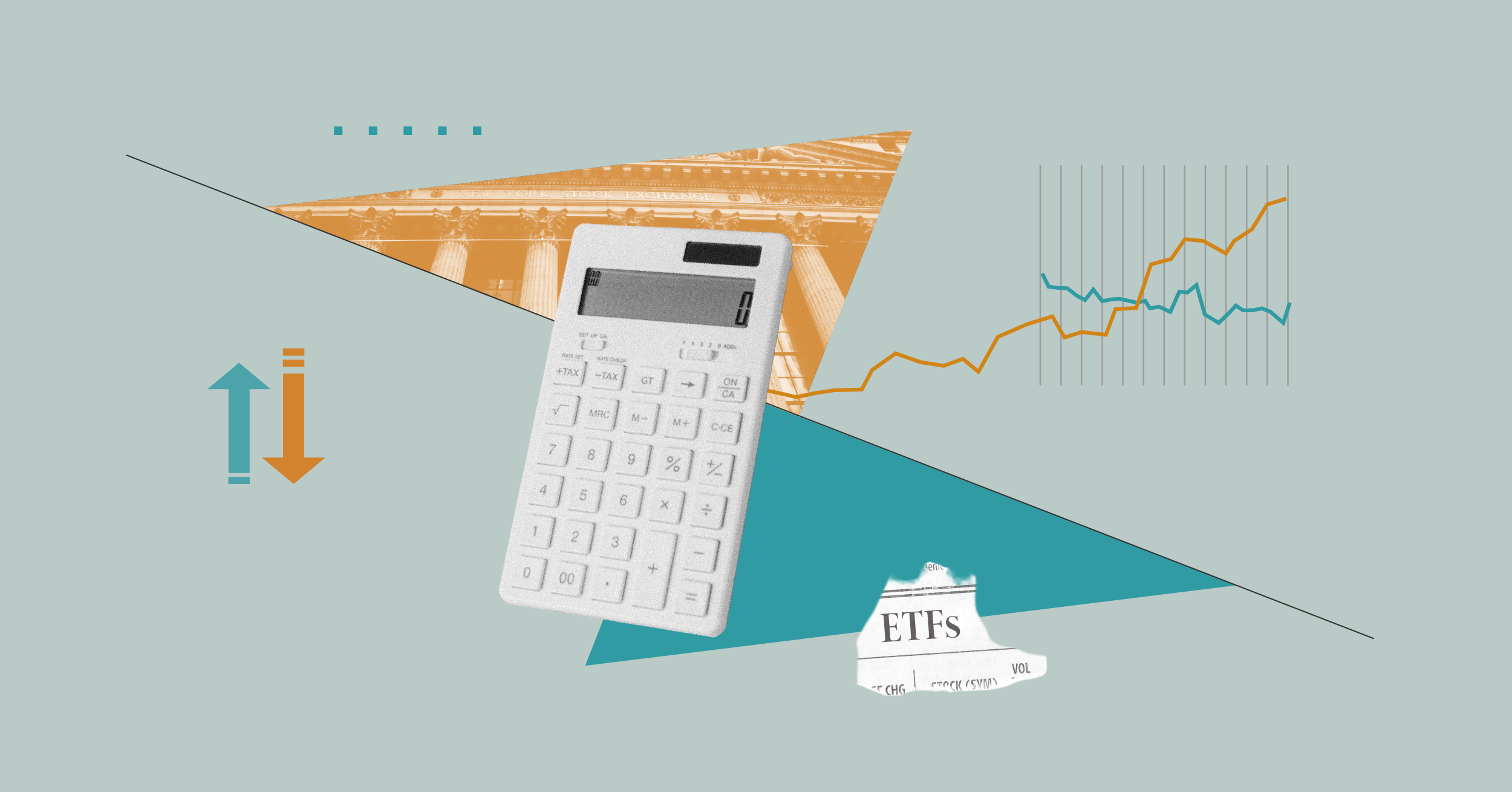Transcript:
Jeremy Glaser: For Morningstar, I'm Jeremy Glaser. As valuation levels for high-yielding stocks continue to inch up, when does the risk/reward makes sense? I'm here with Josh Peters, editor of Morningstar DividendInvestor, to take a look at this question.
Josh, thanks for joining me today.
Josh Peters: Good to be here today, Jeremy.
Glaser: We've talked earlier about how valuations on some dividend-paying stocks are starting to creep up particularly in some sectors. Does it really still make sense for investors to look at these yields even if they think that the underlying stock is a little bit overvalued?
Peters: It comes down the kind of a short-term versus long-term question. In the short term, we've got a lot of cyclical factors that are really attracting people to dividend-paying stocks. Investors are risk-averse. They're not interested in cyclicals right now. They're not trying to bet on economic growth that they don't think is going to materialize. There's risks all over the world that just don't seem to be going away or fixing themselves, and interest rates are very, very low. When you look at that 10-year Treasury yielding 1.5% or less, there's no real return there in all likelihood after inflation that you could actually use to help meet your financial objectives, whether it's saving for retirement decades into the future or trying to pay the bills in the here and now.
So, yes, it's essentially forcing some people to look more seriously at dividend-paying stocks who might otherwise want to own bonds or certificates of deposit or might otherwise be looking at other kinds of stocks, with perhaps more risk in the traditional sense of the word. But the further out you look, the more our destiny I think is really shaped by demographics more than anything. And dividends are going to have to be a much more important component of investors' total returns going forward. Historically, when you look back over the last 100 years, dividend yield alone averaged about 4.4%. It's close to half of the nominal return on equities and more than half of the real return.
In order for investors to realize their goals going forward, it's not going to be about capital gains. The market doesn't go up 20% a year or 25% a year anymore like it did in the late 1990s. There is no reason to think that that can be repeated. It's going to have to have that basis of income again because the nature of America's investor class is changing, getting older, with more people moving into retirement in the baby boom generation. They can't afford to try to live off of the idea that the stock market's going to go up from day to day or year to year. They need that income that they can count on. So, we have to find our way to those higher yields.
And I think frankly, even now looking at stocks with above-average yields, 3%, 4%, or 5%, is perhaps a better hedge against an uncertain outlook for when the markets yield will finally start to move up than just taking the bet that other companies that don't pay dividends or only pay small ones will somehow become high-yielding stocks in the future.
Glaser: But how do you best assess that risk and return, because certainly buying any high-yielding stock at any valuation is probably not a winning strategy. How do you know when you've really found that value or found that hedge, or if you're just stepping into a value trap?
Peters: Well, in part, I think, it's a function of just looking at the individual stock fundamentals, ConEd, the utility in New York City, certainly is a very popular stock right now and it's paid a very good dividend for many, many years. It looks much more generous than the market average, but when you take that yield of around 4% plus or minus and you add that to the fact that the dividend has been growing less than 1% a year during the last 15 to 20 years, that's really not a very good total return prospect. You're only looking at maybe 5% for total return, unless the dividend growth improves dramatically, and to me, that's a case that's still kind of tough to make.
If I look at a company like, Spectra Energy that has a similar yield in kind of that 4% range, but the firm has a pathway to growing that dividend 6%, 7%, or 8% a year over the next five to 10 years, I am much more comfortable with the valuation. I don't think I'm buying something that's being inflated on the basis of low interest rates and risk aversion. I think investors are just underappreciating the power of the company's business model and its ability to deliver dividend growth. So, growth is really oddly enough kind of the deciding factor in a lot of these high-yield valuations. Any stock, could have a 4% yield, but if one doesn't grow its dividend at all and something else grows its dividend 10% a year, there's actually a very wide dispersion in terms of the relative value of those 4% yields.
Glaser: Well, Josh thanks for talking with me today.
Peters: Good to be here, Jeremy.
Glaser: For Morningstar, I am Jeremy Glaser.
























